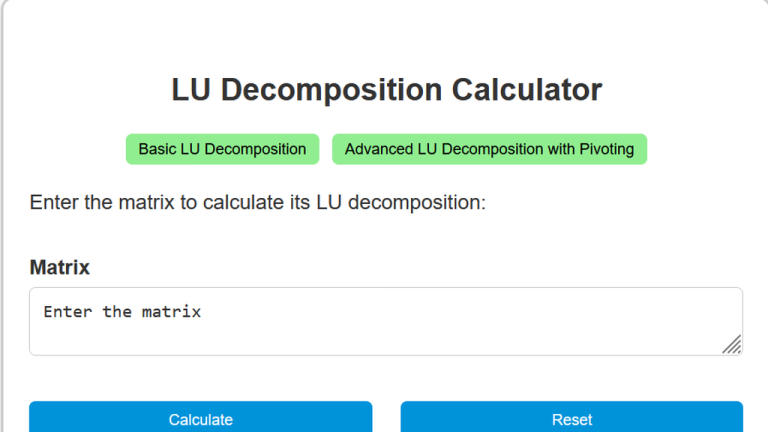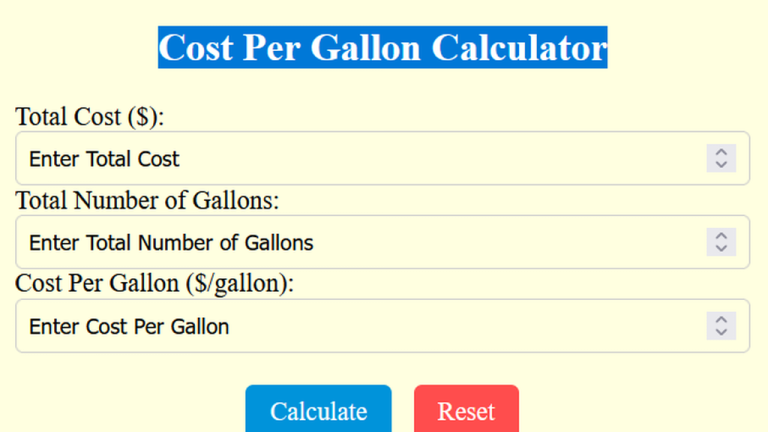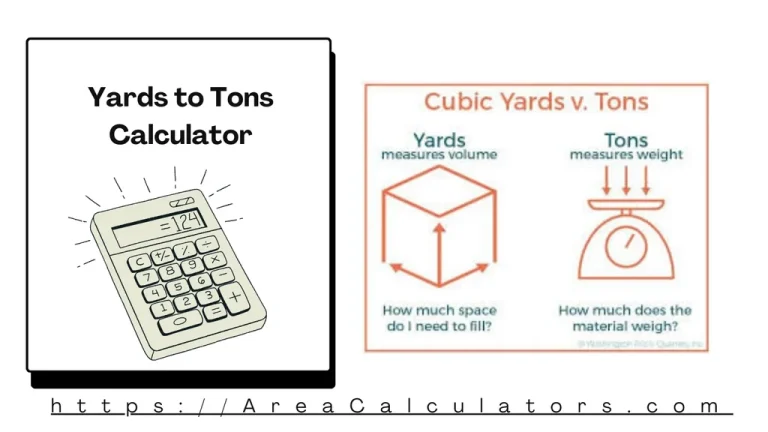Breaths Per Minute Calculator
To find breaths per minute, divide the total number of breaths (B) by the time taken (T) in minutes. This helps you measure the respiratory rate efficiently.
Breaths per minute (BPM) is a standard way of measuring a person’s respiratory rate. It’s an important indicator of general health. Moreover, it can help in diagnosing medical conditions. More importantly, understanding your breaths per minute can give insight into how efficiently you’re breathing and whether your body is receiving enough oxygen.
Formula:
The formula for calculating breaths per minute is:
| Variable | Description |
|---|---|
| DRR | Breaths per minute |
| T | Time in minutes |
| B | Number of breaths taken during the period |
Solved Calculation
Example 1:
Suppose you counted 15 breaths in 1 minute. Calculate the breaths per minute.
| Step | Calculation |
|---|---|
| 1 | DRR = T / B |
| 2 | DRR = 1 / 15 |
| 3 | DRR = 15 |
Answer: The respiratory rate is 15 breaths per minute.
Example 2:
If a person takes 20 breaths in 2 minutes, find the breaths per minute.
| Step | Calculation |
|---|---|
| 1 | DRR = T / B |
| 2 | DRR = 2 / 20 |
| 3 | DRR = 10 |
Answer: The respiratory rate is 10 breaths per minute.
What is Breaths Per Minute Calculator?
To find out your breaths per minute, you can use a Breaths Per Minute Calculator. Because, this tool will give you an accurate count of your respiratory rate. Actually, breathing rate is measured by counting the number of breaths within a set period, usually 15 seconds, and multiplying it to determine the rate per minute.
For example, to manually calculate it, you can count your breaths for 15 seconds and then multiply by four. Thus, it will give you an estimate of your normal respiratory rate. Generally, a typical rate for a healthy adult ranges between 12 to 20 breaths per minute. So, if you want to count for a shorter duration, such as 10 seconds, multiply your breath count by six to find the result in breaths per minute.
The respiratory rate calculator app makes this easier, allowing for automated calculations with just a few taps. Alternatively, if you’re curious about a specific breathing condition, such as a breath hold calculator or a pet’s respiratory rate like how many breaths per minute for a cat, this tool can offer relevant results.
Final Words:
Overall, calculating your breaths per minute is highly crucial. You need to monitor it frequently as it’s one of the key vital signs for health. Remember, health is wealth.





